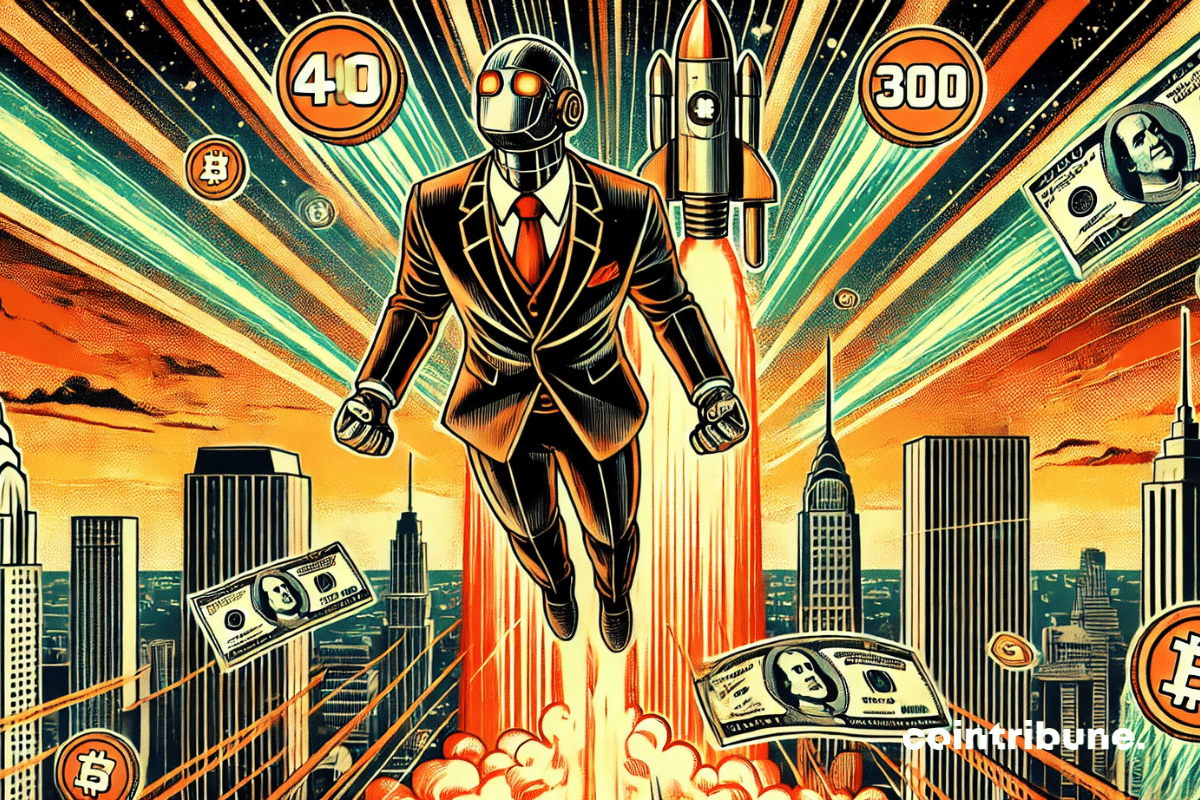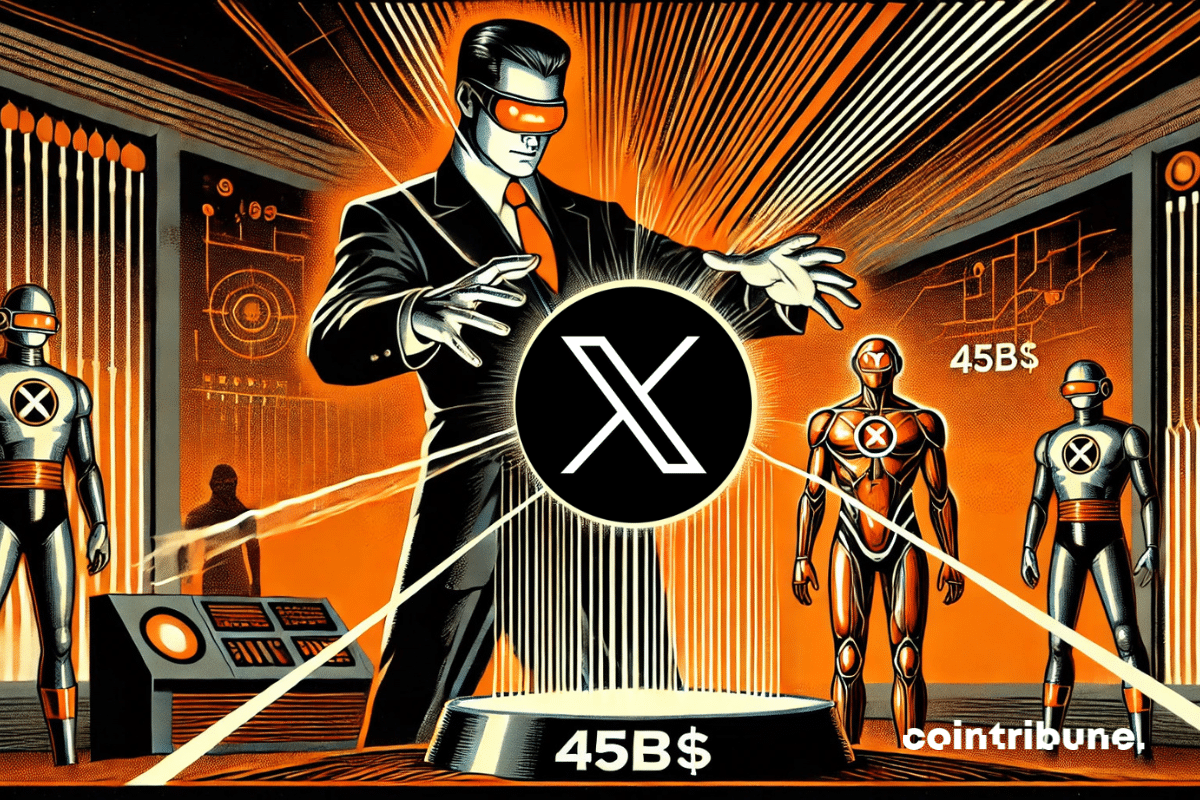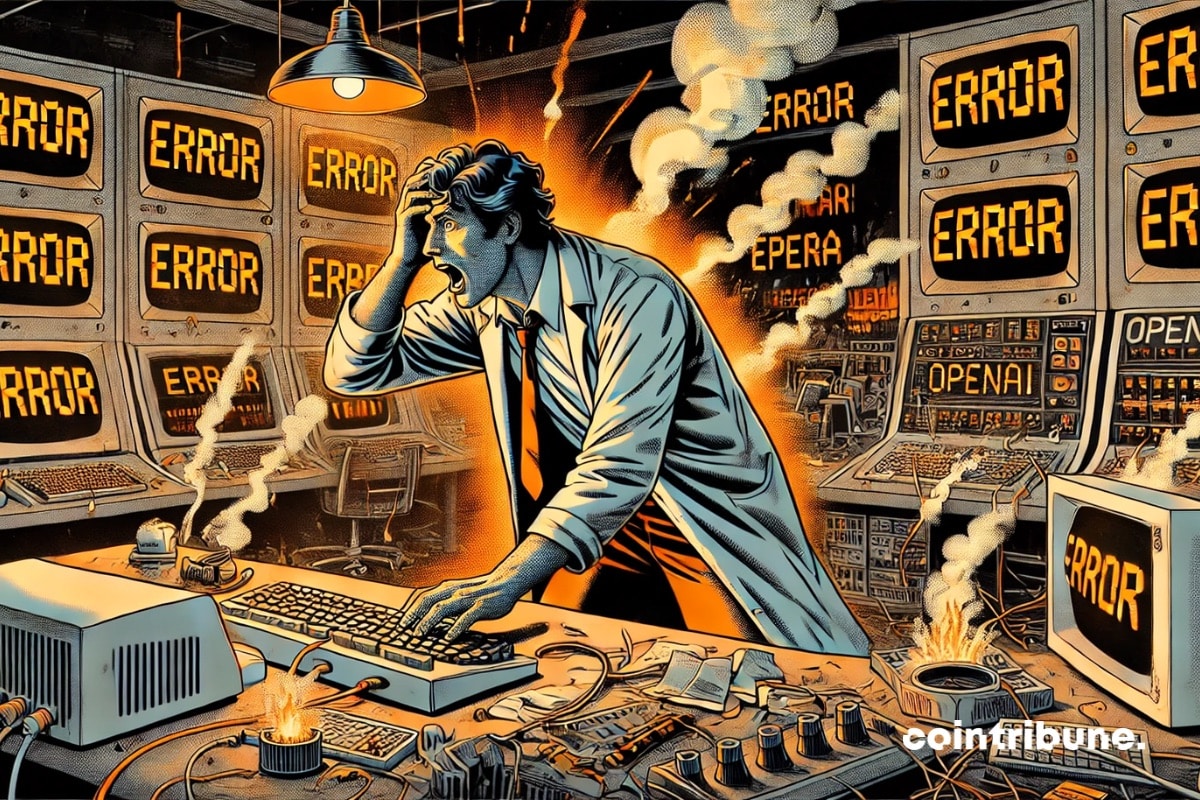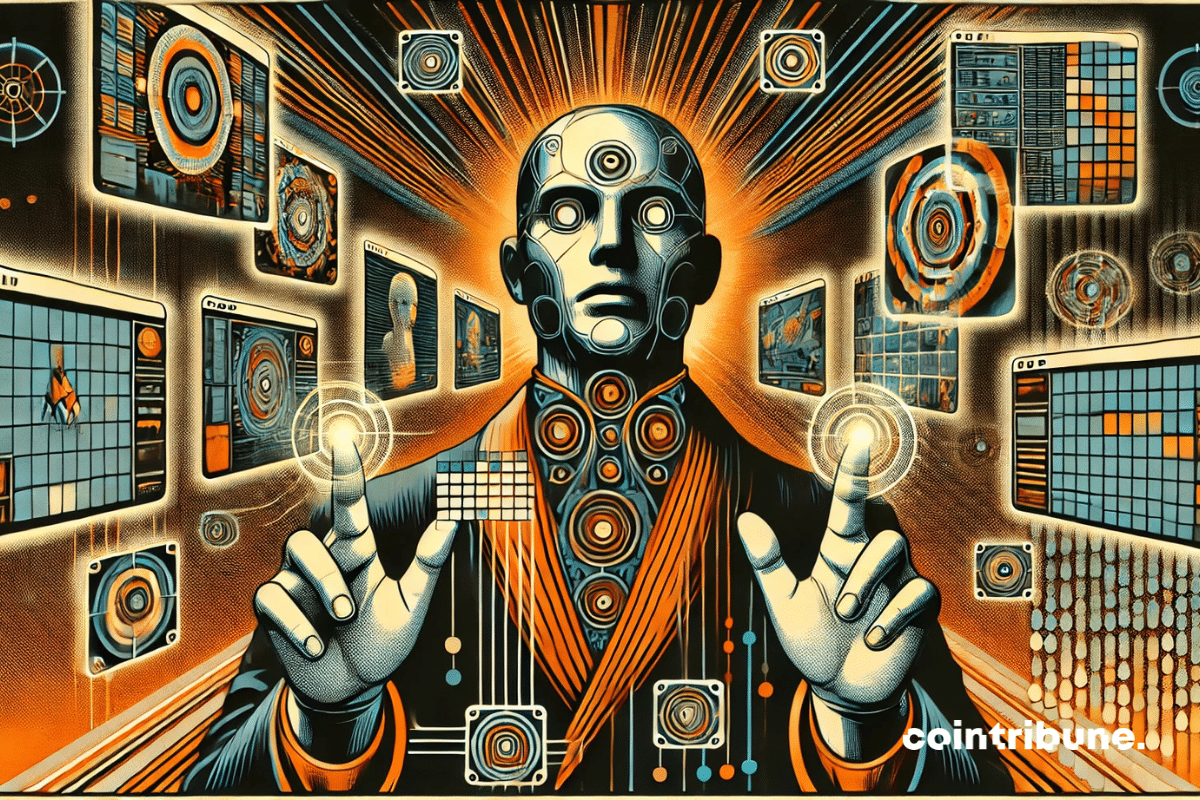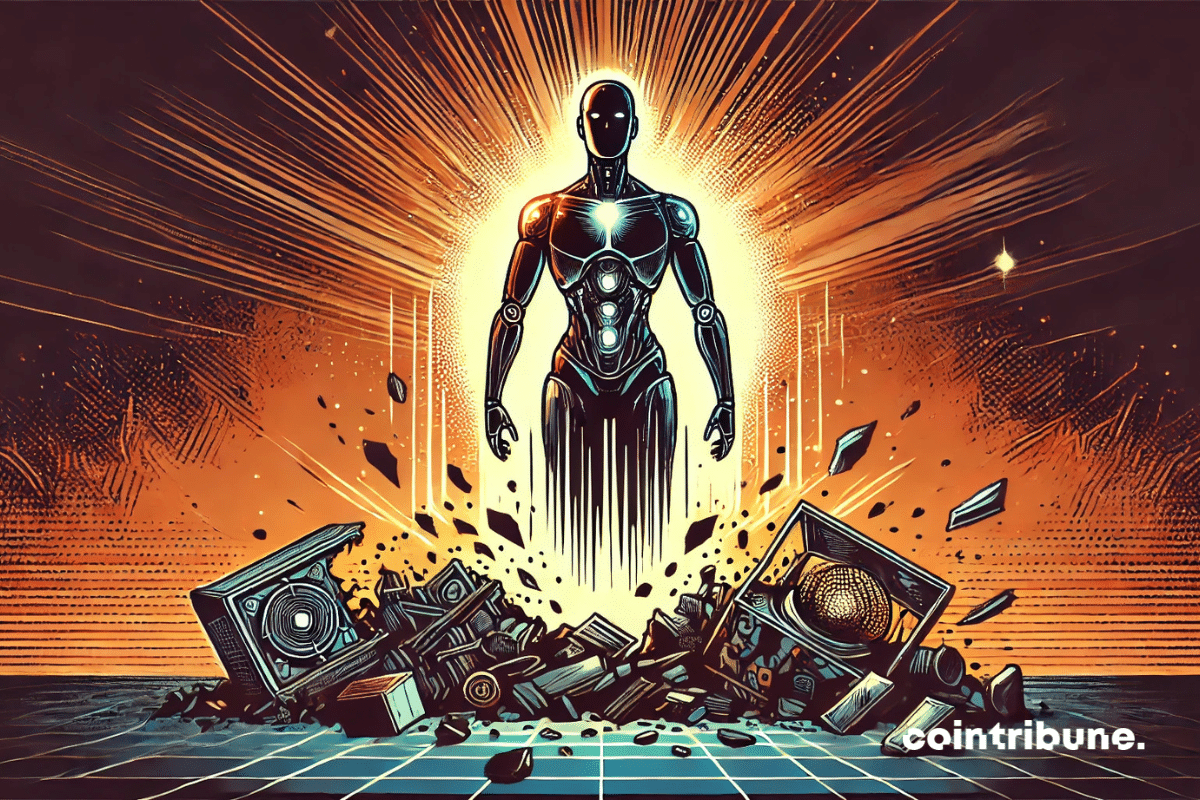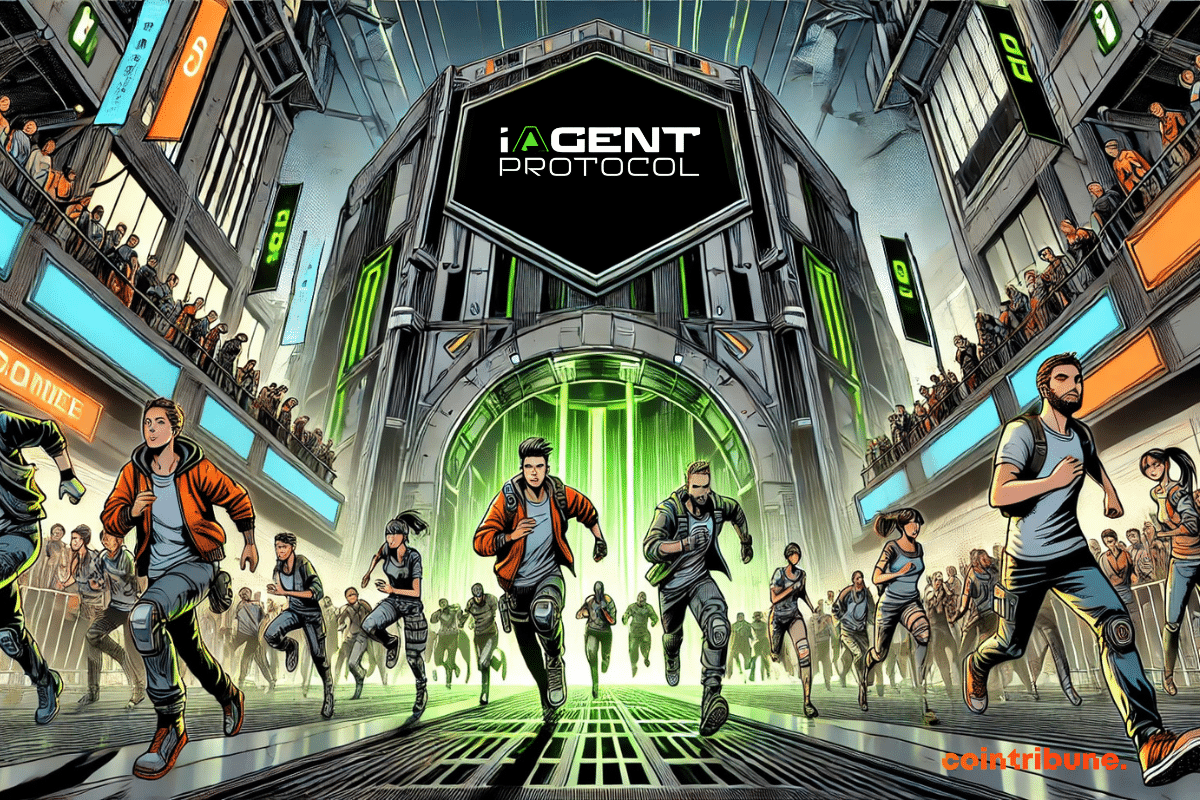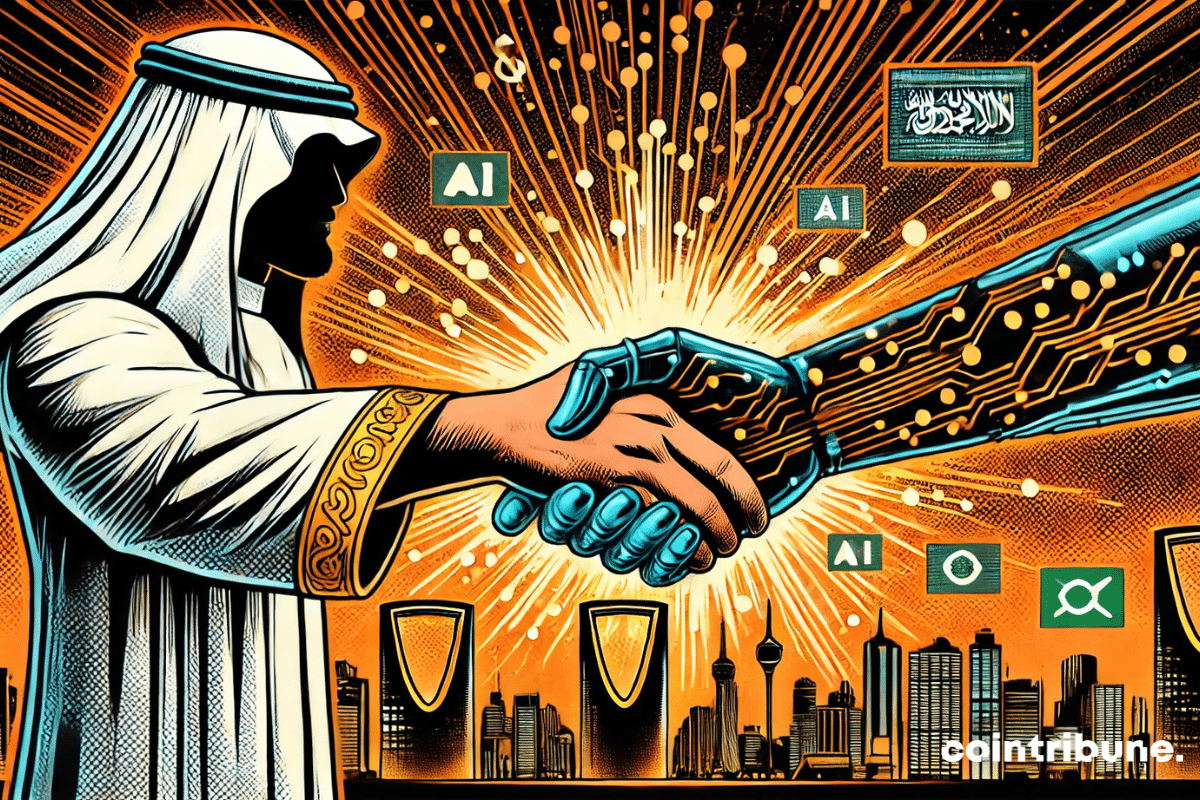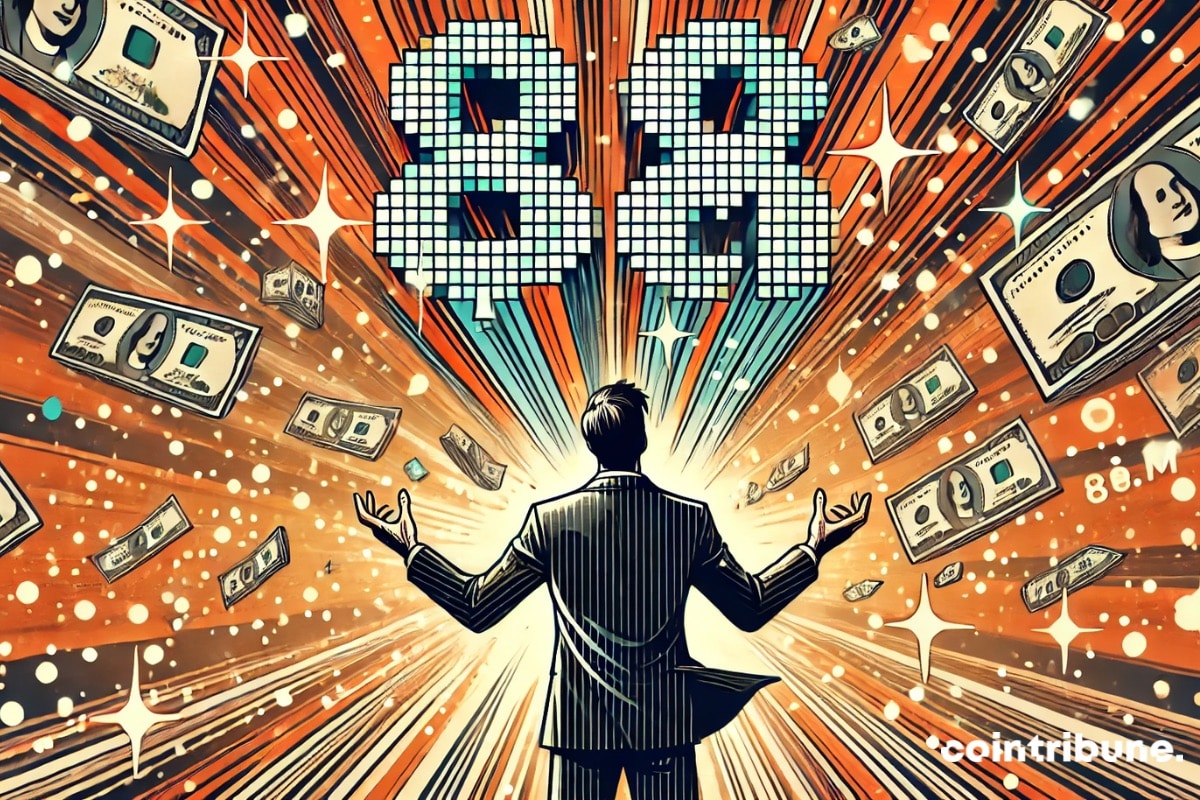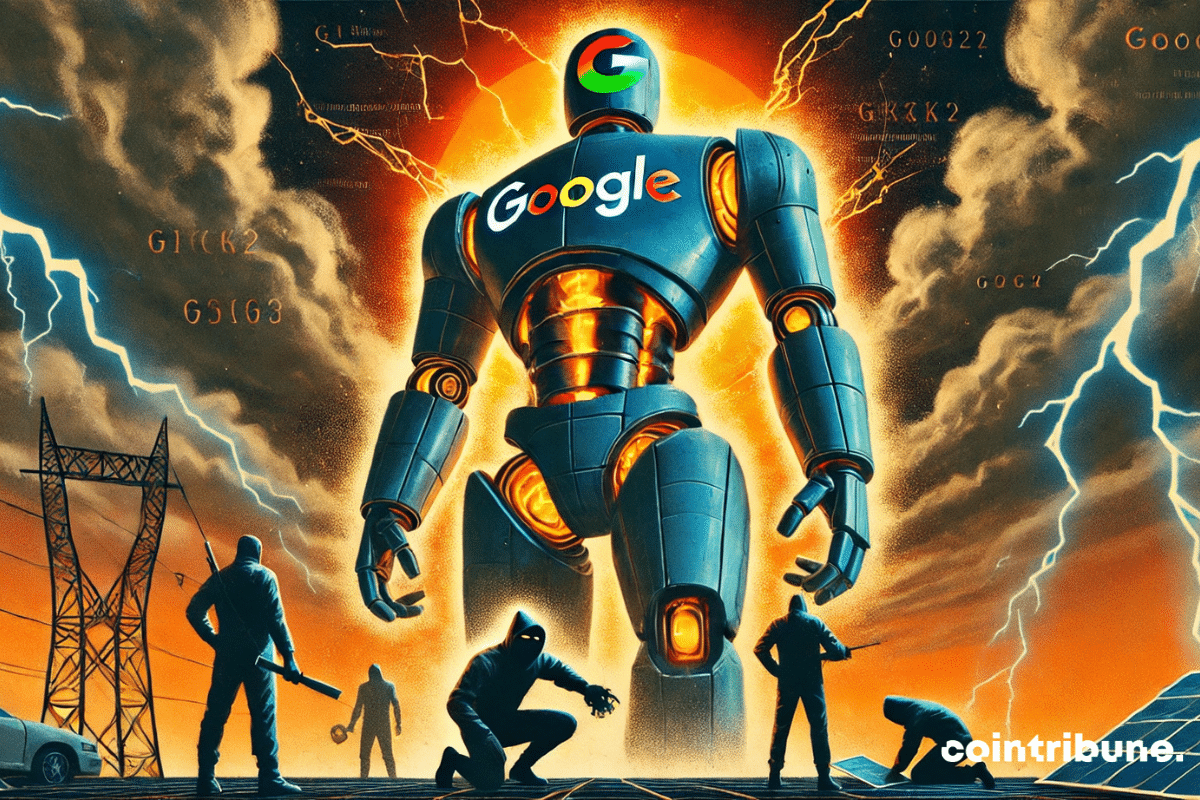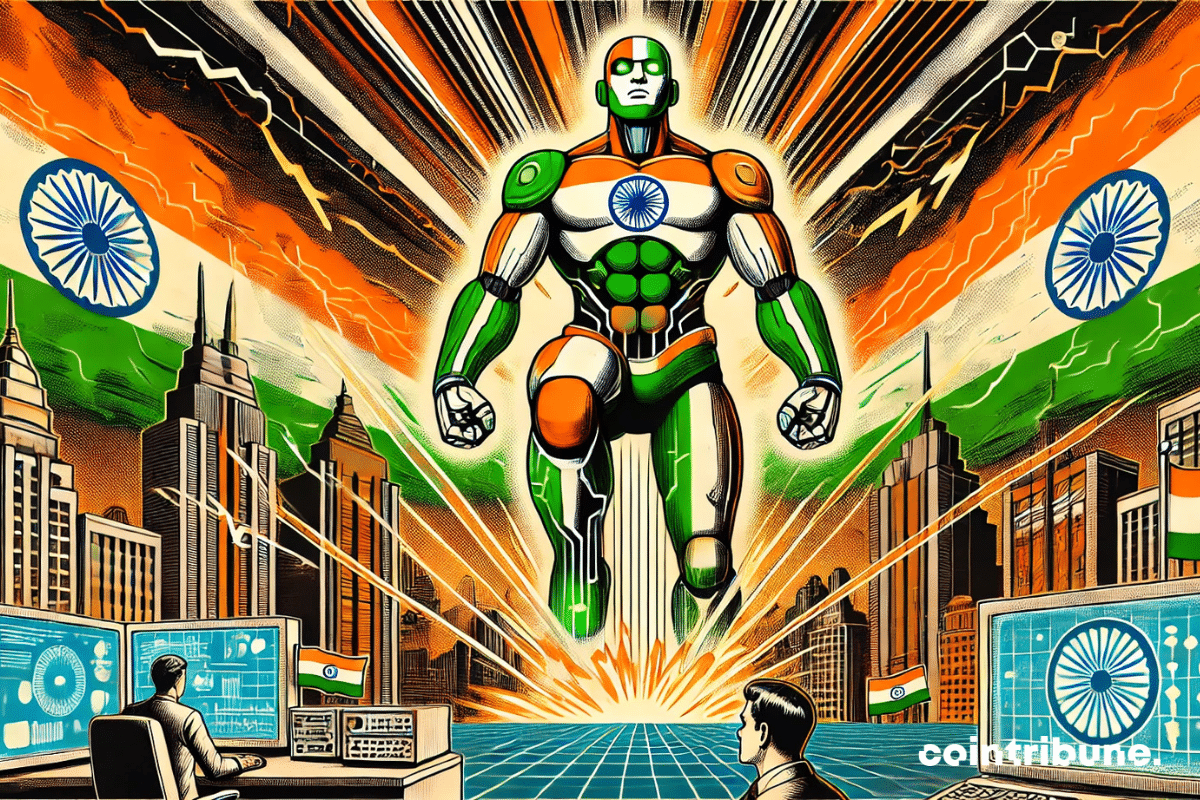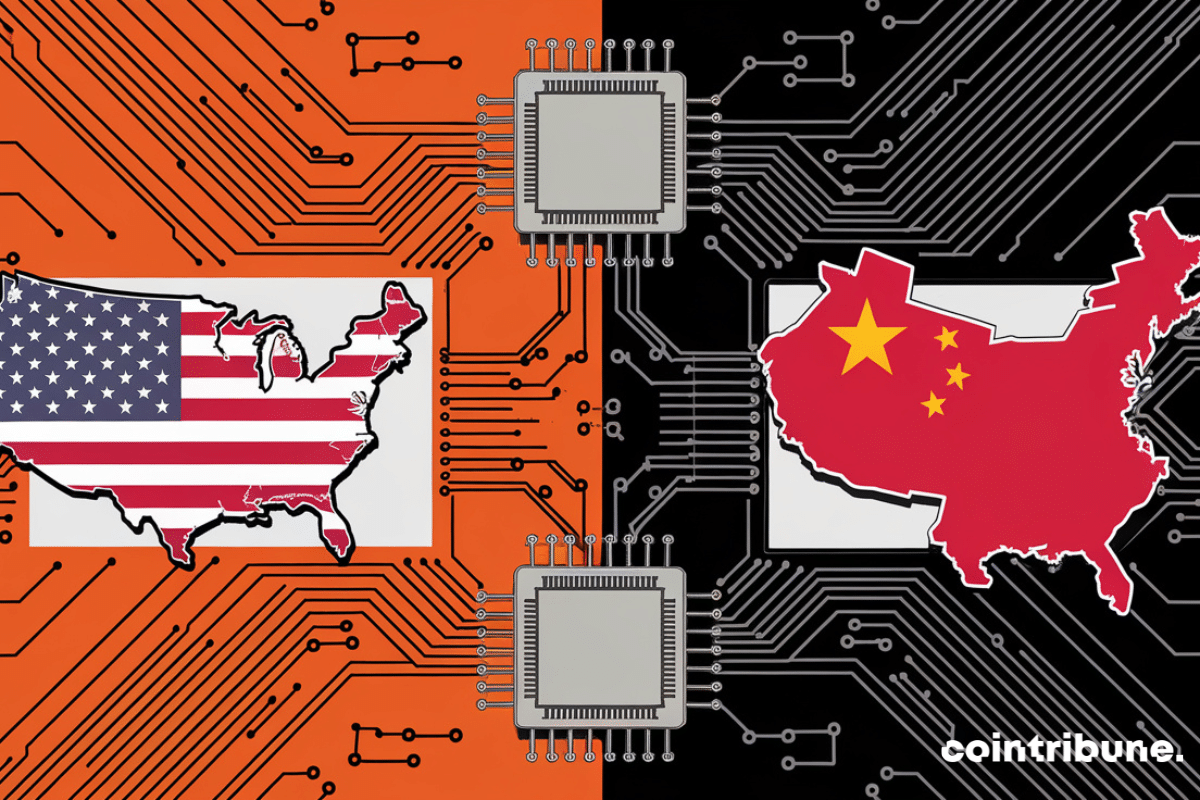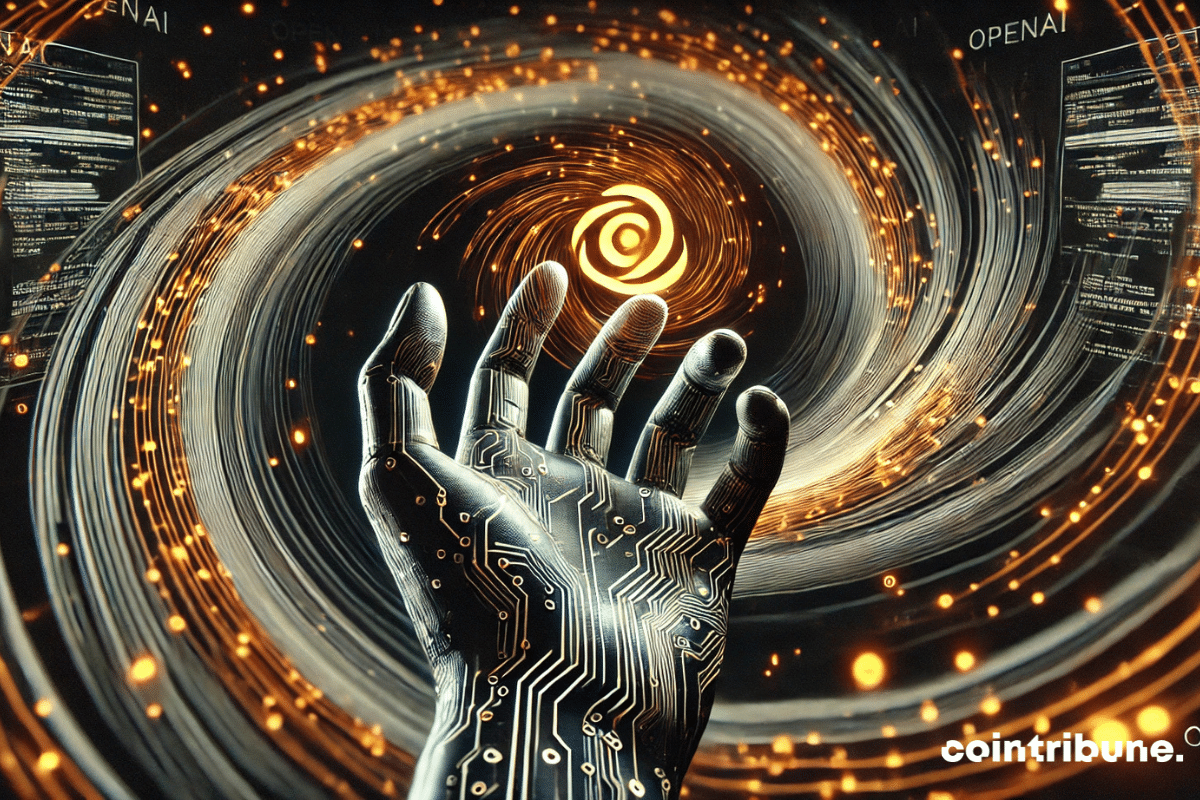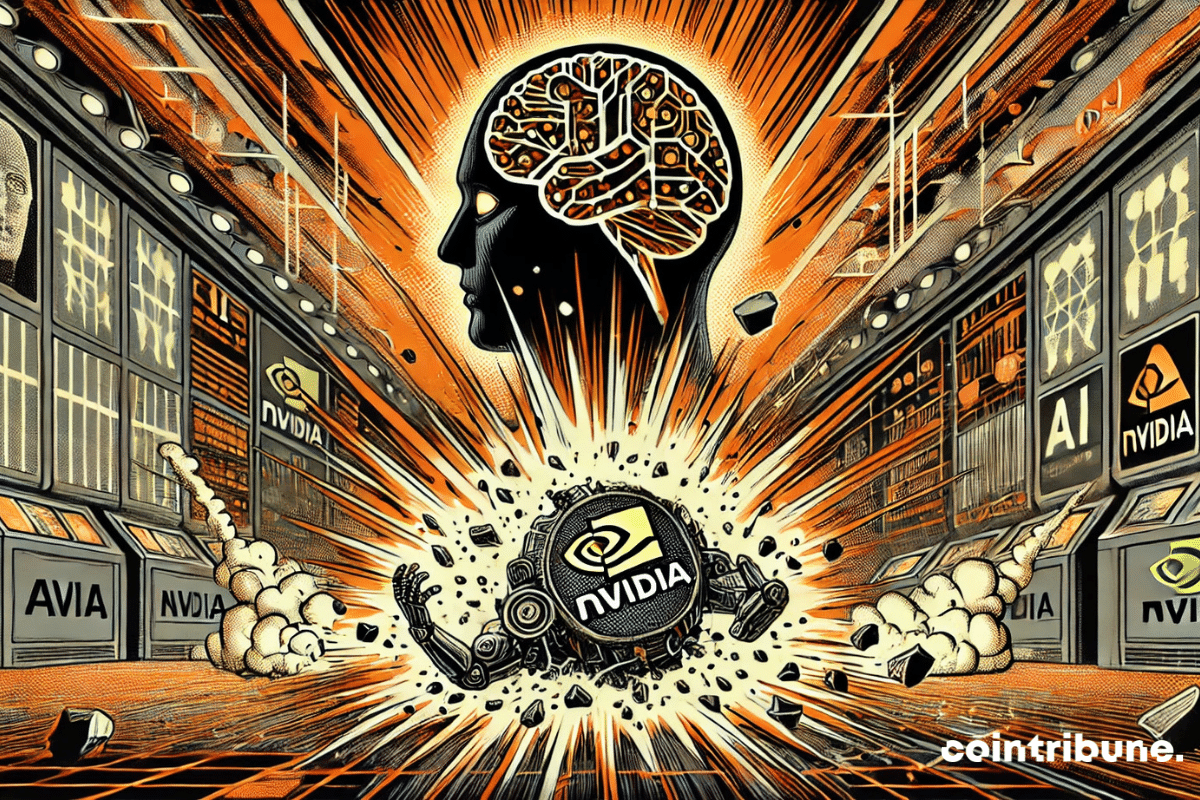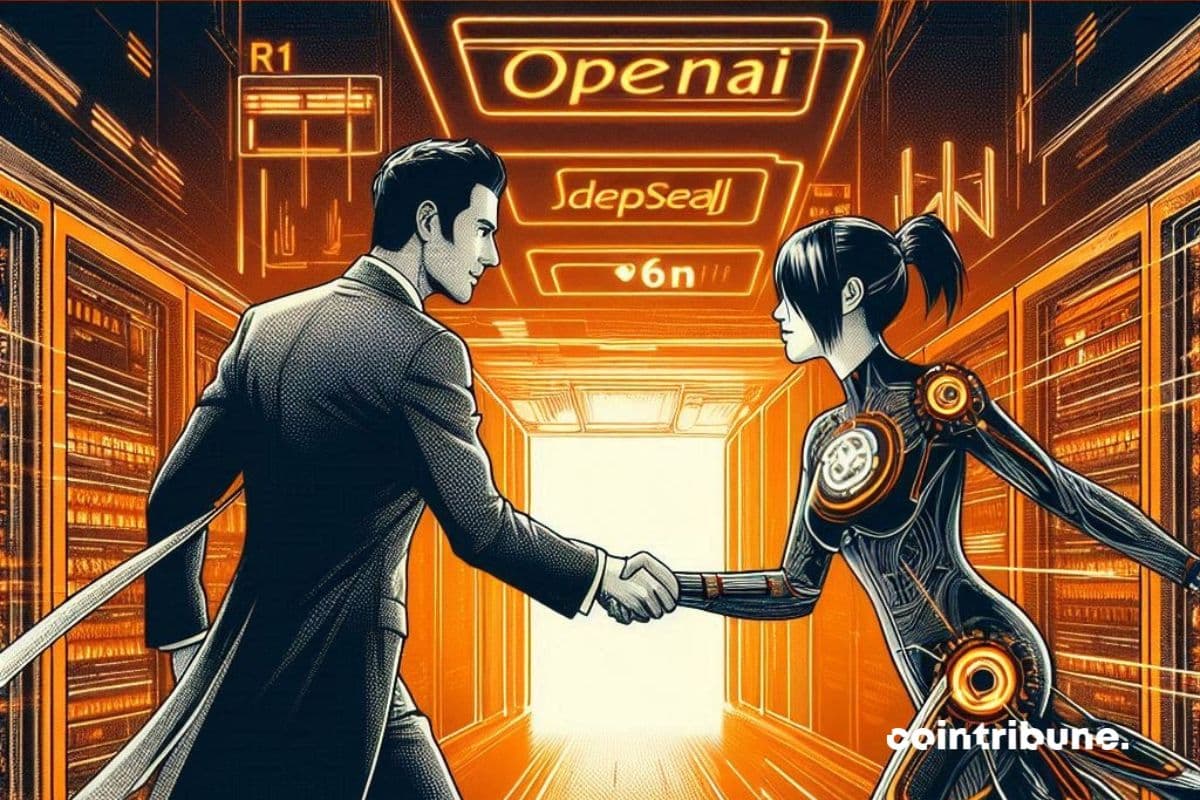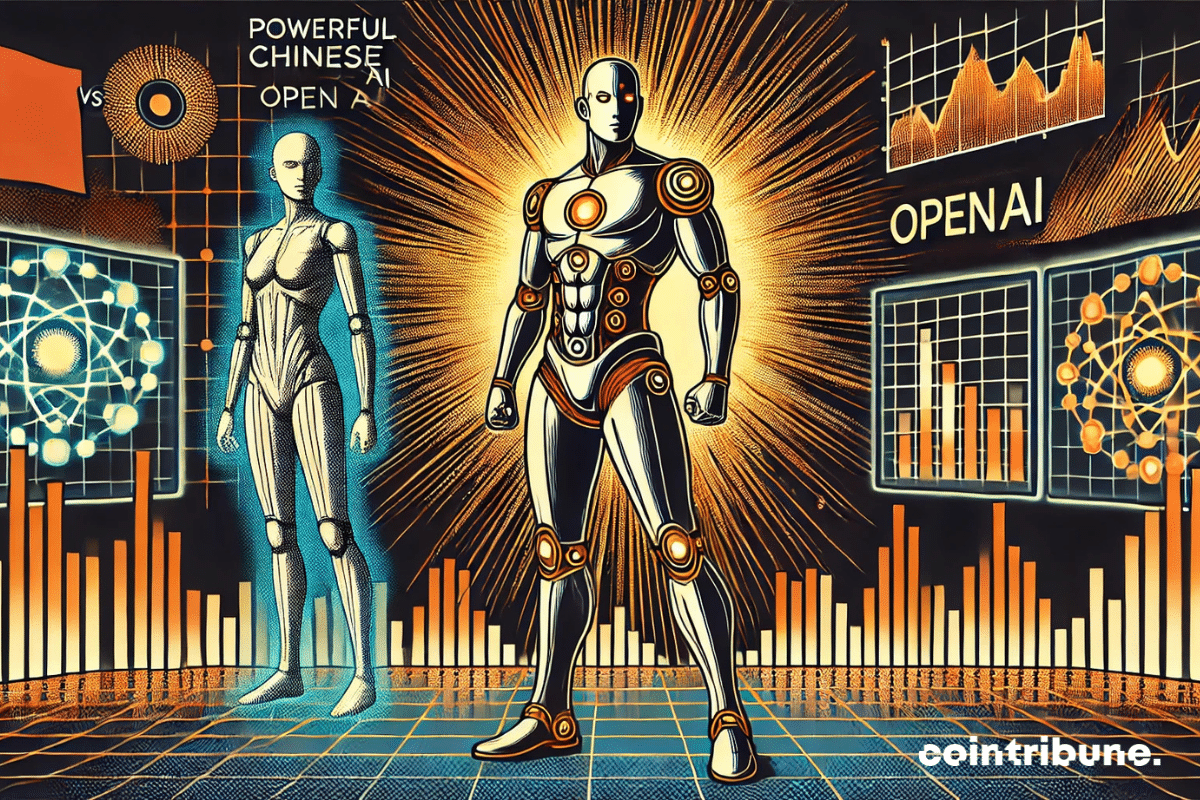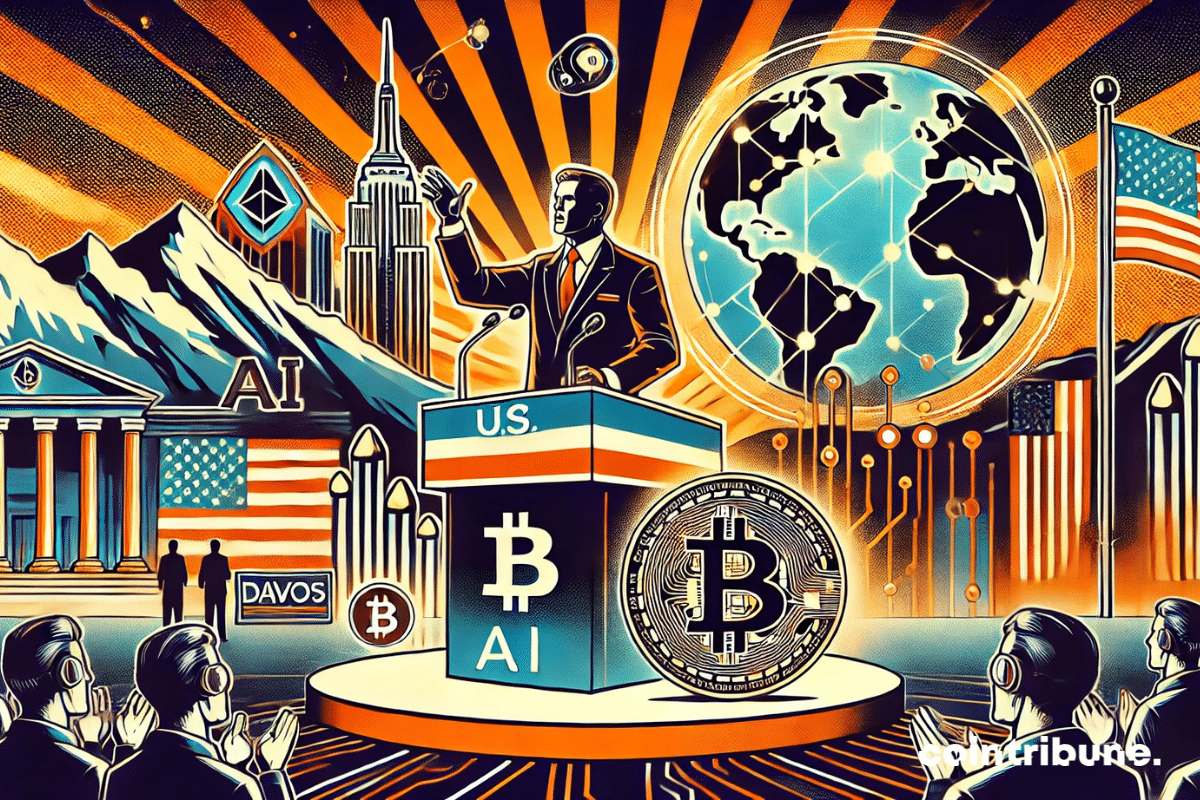OpenAI raises $40 billion. Objective: generative AI, data centers, and a change of status to reach a $300 billion valuation. Details here!
Intelligence Artificielle
Elon Musk announced on Friday evening the sale of his social network X to his own artificial intelligence company, xAI. This major transaction values X at $33 billion, slightly less than the initial purchase price of Twitter in 2022, but also includes $12 billion in debt.
The viral trend of Ghibli-style images generated by ChatGPT has overwhelmed OpenAI's servers, which are now on the brink of technical saturation. This phenomenon reveals the technical limits of generative AI and raises questions about the use of copyright-protected styles in automated art.
Anthropic unveils the Model Context Protocol (MCP), an open-source standard that revolutionizes the connection between AI and business applications. This standardized protocol facilitates access for models like Claude to external data, paving the way for truly integrated intelligent assistants within workflows.
Meta's artificial intelligence is finally available in Europe after a long tug-of-war with regulators. Meta AI, already integrated into the group's applications in the United States, is gradually rolling out in France and 40 other European countries. It is now appearing on WhatsApp, Instagram, Facebook, and Messenger, profoundly changing the interaction of users with Mark Zuckerberg’s group platforms.
Nvidia has triggered the "death cross": this dramatic name for a simple crossover of moving averages could well signal the end of a historic rally. But while Wall Street is concerned, AI cryptos just shrug their shoulders (and sometimes their prices). A three-part dive into this strange ballet.
Artificial intelligence has reached a decisive milestone with the rapid rise of ChatGPT, revolutionizing both the general public and businesses. However, in the face of the limitations of giant models, a new approach is emerging: intelligent agents. Capable of acting and interacting with their digital environment, they are redefining the future of AI by moving from simple text generation to the execution of concrete, autonomous tasks.
Web3 gaming is about to reach a decisive milestone with the Token Generation Event (TGE) of iAgent Protocol. Scheduled for March 18, 2025, this event is more than just a technological advancement! It marks the arrival of a new era where artificial intelligence (AI) becomes the driving force of gaming.
OpenAI has just announced the launch of new tools for developers, making it easier to create advanced AI agents. This initiative comes as Chinese startups, such as Monica and DeepSeek, are offering high-performing alternatives, often at a lower cost.
Nvidia has revealed impressive financial results for the fourth quarter and the fiscal year 2025, driven by exceptional demand for its artificial intelligence (AI) chips. With a record revenue of $39.3 billion and a 80% increase in its net income, the company confirms its technological leadership.
Microsoft is preparing to host the new versions of OpenAI's language models, including GPT-4.5 and GPT-5. According to recent information, the first implementation of GPT-4.5 could take place as early as next week, while GPT-5 is expected by the end of May.
Artificial intelligence has never been closer to redefining the future of space exploration. As industry giants are engaged in a fierce battle to develop the most advanced language models, Elon Musk and xAI make a significant move with Grok-3, which outperforms its direct competitors and marks a major turning point in the race for AI. More than just a technological feat, this advancement paves the way for an even greater ambition: to send a Tesla Bot robot to Mars by 2026. A bold project that generates as much enthusiasm as it does questions.
The crypto industry, once synonymous with financial innovation, is now becoming a prime playground for increasingly sophisticated scams. While 2024 has already been marked by an explosion of digital fraud, Chainalysis sounds the alarm: 2025 could very well be the most lucrative year in history for cybercriminals. Artificial intelligence (AI), once seen as an asset to enhance security, is now becoming a formidable weapon in the hands of fraudsters. Identity falsification, voice impersonation, automation of psychological manipulations... the new strategies of scammers are pushing the boundaries of the possible.
Sam Altman, the CEO of OpenAI, has just announced significant updates regarding the evolution of its artificial intelligence models, with the upcoming arrival of GPT-4.5 and GPT-5. This new roadmap aims to simplify the user experience and unify the different technologies developed by the company.
On February 11, 2025, Elon Musk proposed a buyout offer of $97.4 billion to acquire OpenAI, the company behind ChatGPT. This initiative aimed to restore OpenAI to its original status as a non-profit research laboratory. However, Sam Altman, CEO of OpenAI, quickly declined this proposal while harshly criticizing Elon Musk in the process.
Artificial intelligence is reshaping global economic balances, and Saudi Arabia intends to establish itself as an essential player. With a massive investment of $14.9 billion announced at the LEAP 2025 Tech Conference in Riyadh, the country clearly showcases its ambition: to become a leading technology hub. Thanks to its partnerships with giants like Google, Alibaba, Lenovo, and Qualcomm, the kingdom is not just injecting capital; it is building the infrastructure that could shape the future of innovation in artificial intelligence and cloud computing.
This week, the crypto universe was shaken by five major events that you may have missed. From the rise of AI in DeFi to the restructuring of THORChain, along with soaring revenues on Solana and the market downturn, here are the key points to know.
In an era where artificial intelligence is emerging as an essential strategic lever, France is preparing to host one of the most ambitious projects in Europe: the construction of a campus dedicated to AI supported by the United Arab Emirates. With an announced investment between 30 and 50 billion euros, this initiative represents a significant advance in the international competition for technological sovereignty and computing power. Behind this announcement lies a clear objective: to make France a European hub for artificial intelligence, thanks to cutting-edge infrastructure capable of competing with American and Chinese giants.
The rapid rise of AI-backed cryptocurrencies in 2024 heralded a decisive turning point for the convergence between blockchain and AI. Fueled by market euphoria and enthusiasm for agentic AIs, these assets attracted massive capital flows, propelling their valuations to unprecedented heights. However, the enthusiasm evaporated as quickly as it appeared: within just a few months, some of these tokens lost up to 90% of their value. This collapse raises critical questions about the viability of these projects and the strength of the market. Are investors facing a mere correction after a speculative surge, or are we witnessing the beginnings of a lasting disinterest?
While Google drowns AI in a rain of dollars, a small Chinese genius tinkers in his garage and shakes Silicon Valley. Butterfly effect or storm to come?
Artificial intelligence has become a major strategic issue. From the United States to China, passing through Europe, economic powers are competing to dominate this key sector. Far from standing on the sidelines, India has just announced the development of its own generative AI model, scheduled for 2025. With a massive acquisition of graphics processors and a $20 billion investment plan in infrastructure, the country shows a clear ambition: to strengthen its digital sovereignty and assert its technological autonomy. This initiative comes as technological tensions between Washington and Beijing are escalating and as American restrictions on Nvidia chips complicate access to cutting-edge technologies. At the same time, the emergence of open-source models like DeepSeek R1 is shaking up the rules of the game, proving that it is possible to develop a high-performing AI without having the same resources as the industry giants.
OpenAI recently signed an agreement with the United States national laboratories to deploy its most advanced artificial intelligence (AI) models for scientific research. This collaboration aims to strengthen the technological leadership of the United States and contribute to major advancements in several scientific disciplines.
The Chinese AI DeepSeek has caused an earthquake within American tech. The geopolitical power dynamics have just changed.
The semiconductor industry has become the battleground of a technological war between the United States and China. Washington, concerned about preserving its strategic advantage in artificial intelligence, has already imposed several restrictions on the export of high-performance chips. Despite these measures, China has continued to make progress, prompting Donald Trump to consider further tightening the limitations aimed at Nvidia. This project could reshape the balances of the global AI market and weaken American companies. Between national security imperatives and economic stakes, this decision fits into a strategy aimed at curbing Beijing's technological rise. However, the effectiveness of these restrictions remains uncertain, as Chinese companies double down on efforts to circumvent these sanctions and develop their own alternatives.
When DeepSeek is siphoning the neurons from OpenAI, Microsoft cries foul, and the US Navy barricades its servers. The digital cold war is in full swing.
A Chinese startup is redefining the stock market and AI, causing Nvidia to drop by 17%. Details in this article!
The world of crypto, known for its excitement and technological advancements, is once again confronted with a wave of sophisticated scams. Currently, the rapid rise of DeepSeek AI, a Chinese artificial intelligence application that went viral after its launch on January 20, marks a turning point. This popularity, which has propelled the app to the top of the App Store downloads, has also attracted the interest of fraudsters. In just 24 hours, no fewer than 75 fraudulent tokens have been created, exploiting DeepSeek's notoriety to target unsuspecting investors. This phenomenon illustrates how quickly scammers adapt their methods to take advantage of emerging technological trends.
Sam Altman, the CEO of OpenAI, recently praised DeepSeek's R1 model, a Chinese startup specializing in artificial intelligence, calling it "impressive." This recognition comes after DeepSeek revealed that training its R1 model cost less than $6 million, a fraction of the cost of equivalent models in the United States. However, this development could be fatal to the crypto market.
The world of artificial intelligence is buzzing with the arrival of DeepSeek R1, a revolutionary open-source model developed in China. This bold project challenges the dominance of established leaders like OpenAI, thanks to remarkable technical performance and unprecedented accessibility. Indeed, unlike proprietary models, DeepSeek R1 relies on the complete openness of its code and reduces usage costs to a fraction of those offered by its competitors. As the boundary between closed innovation and open-source solutions blurs, this advancement raises many questions: does it mark a sustainable democratization of AI or a disruption of the economic balances in the sector?
As artificial intelligence and cryptocurrencies are shaking up the global economy, Donald Trump seized the opportunity at the World Economic Forum in Davos to outline an ambitious vision. The American president declared his intention to make the United States the global leader in these strategic technologies. This announcement fits into a broader desire to re-industrialize the country by leveraging its vast energy resources. However, these promises raise many questions, both about their implementation and the forthcoming economic and geopolitical implications.
